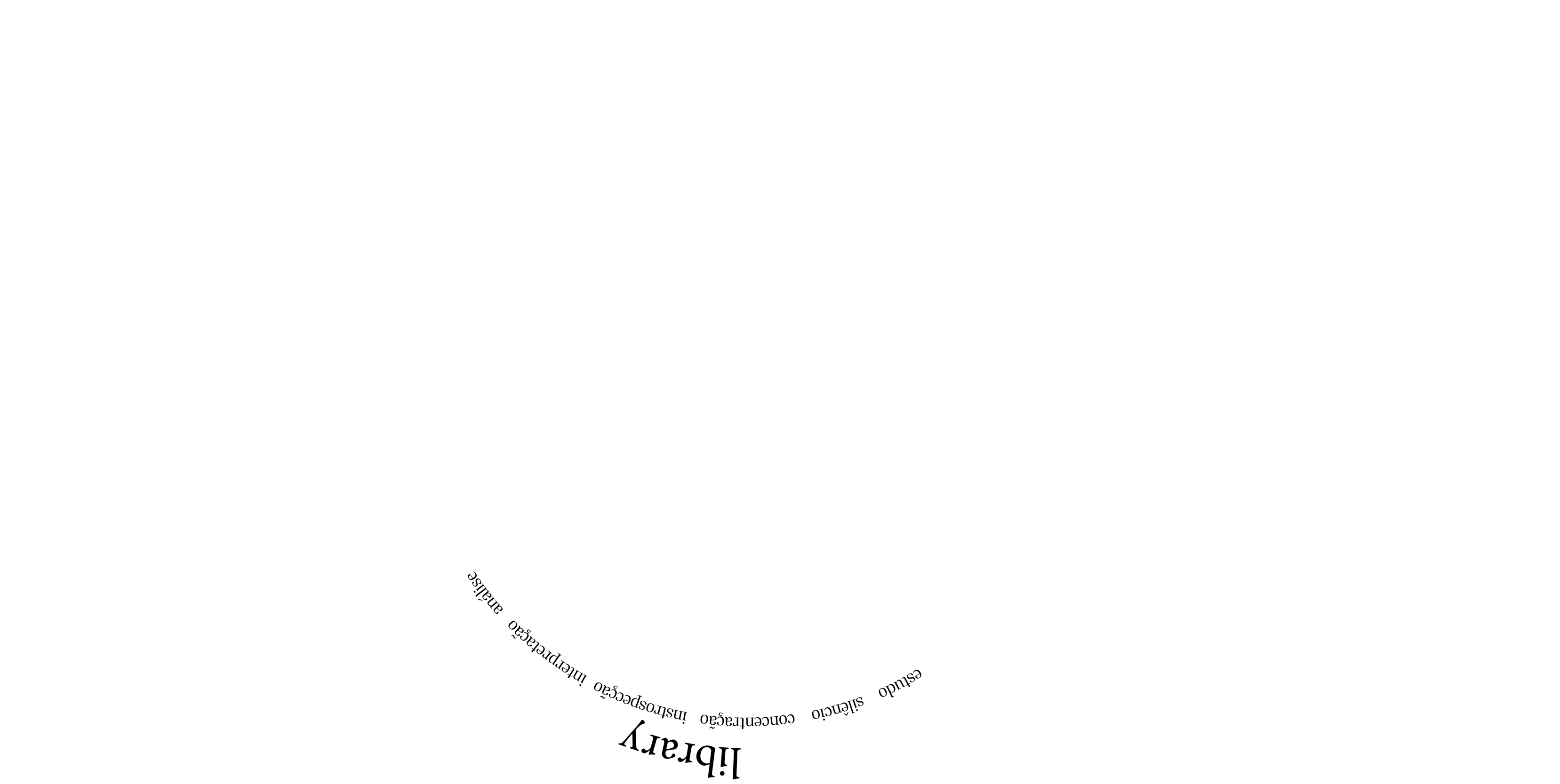教学方式的变化使得重新思考教学空间迫在眉睫。在新的教学方法中,教师不再是知识的唯一来源,教学也不再是单向的,封闭式的教室和向黑板汇聚的消失点不再有意义。在这种情况下,”愿望21 “是本办公室与学校一起进行的先前工作的延续,它试图调查和推测新的教育形式的催化空间。在整体教学法的指导下,通过对个人的完整视野形成其基础,新的空间旨在容纳学校的新建议,旨在提供一个专注于刺激21世纪技能的项目。
Changes in the way of teaching make it imminent to rethink teaching spaces. With new approaches in which the teacher is no longer the single source of knowledge and teaching is no longer unidirectional, hermetic classrooms with vanishing points converging towards the blackboard no longer make sense. Within this scenario, Wish 21 is a continuation of a previous work carried out by the office, together with the school, which seeks to investigate and speculate catalyzing spaces for new forms of education. Guided by the holistic pedagogy, which forms its basis through a complete vision of the individual, the new space aims to house a new proposal from the school that aims to offer a program that focuses on stimulating 21st-century skills.

这个新项目旨在以自我管理的方式,通过创建涵盖不同类型活动的个性化路径,探索个人的潜力。每个人都在自己的兴趣中,以自己的时间和方式学习。从对教学建议的解读中可以看出,空间不能是封闭和隔离的。催化空间需要促进积极的分心,鼓励交流,刺激自主行动,反映每个学生的不同路径。
The new program aims to explore the individual’s potential, in a self-managed way, through the creation of personalized trails that cover different types of activities. Each one in his interest learns in his own time, and in his own way. It is kept in mind, from the reading of the pedagogical proposal, that the spaces cannot be closed and segregated. Catalyzing spaces that promote positive distractions, encourage exchanges, stimulate autonomous action that reflects the different paths of each student are needed.
干预是在一个预先存在的棚子里。这些行动以拆除和嫁接程序为指导,去除建筑的多余部分,并插入新的结构,从而创造出能够容纳各种拟议活动的灵活空间。我们把平面图作为一个由收缩和扩张的区域组成的领土,那里存在边界和限制,但它们是脆弱的,允许并鼓励越界,催化想象力的占有,理解儿童作为积极的主体。
The intervention is in a pre-existing shed. The actions are guided by demolition and grafting procedures, removing construction excesses, and inserting new structures that enable the creation of flexible spaces capable of housing the various proposed activities. We approach the floor plans as a territory composed of zones of contraction and expansion, where borders and limits exist, but they are tenuous, allowing and encouraging transgression, catalyzing imaginative appropriation, understanding children as active subjects.
走廊,这些地方唯一的功能是来来往往的连续运动,并不存在。分隔空间的墙没有达到天花板,它们有孔隙,允许看穿或听到在邻近空间发生的事情。这样一来,这些墙,这些以某种方式划分空间的线,是脆弱的。它们鼓励在它们之间发生的活动的污染。它的设计符合时宽时窄的空间,而且很高。
Corridors, places where the only function is the continuous movement of coming and going, do not exist. The walls that divide the spaces do not reach the ceiling, they have apertures, gaps that allow to see through or hear what happens in the neighboring spaces. In this way, these walls, these lines that somehow divide the spaces, are tenuous. They encourage the contamination of activities that take place between them. Its design conforms to spaces that are sometimes wide, sometimes narrow, and high.
仅仅站在原地是不可能理解整个空间的,它的转折和蜿蜒使它有必要为了理解而移动,它要求使用者有一定的注意力,对身体有一定的意识,成为一个测量单位。关于自然光,该项目是以建筑中现有的开口的映射和增强为指导,激励程序的分布和内部墙壁的设计,以划分和引导自然光到每个环境。因此,石膏墙的设计在半高处有拐点,作为光线反弹器,它们负责为两个房间分享来自单一开口的自然光输入。总的来说,该项目试图强调不同的知识领域相互作用,共同成长,空间不仅要反映这种相互作用,而且还要催化用户之间可能的合作。
It is not possible to understand the totality of the space only standing still, its inflections and sinuosities make it necessary to move in order to understand, it demands from the user certain attention, a certain awareness of the body that becomes a unit of measurement. Regarding natural light, the project is guided by the mapping and enhancement of the existing openings in the construction, motivating the distribution of the program and the design of the internal walls, in order to divide and direct the natural light to each environment. Therefore, the design of the plaster walls has inflections at a half-height that act as light bouncers, they are responsible for sharing the natural light input from a single opening for two rooms. In general, the project seeks to emphasize that the different areas of knowledge interact and grow together, that space does not only have to reflect this interaction but also catalyze possible cooperation between its users.
Architects: Garoa
Area: 415 m²
Year: 2020
Photographs: Paula Monroy
Manufacturers: Deca, Eliane, Elizabeth, Gypsum, IBBL, Icasa, Inove, Quartzobrás, Romar, Suvinil
Lead Architects: Garoa: Erico Botteselli, Pedro De Bona
Electrical Engineering: Admilson Botton
Construction Management: Grupo Garoa Arquitetos Associados
Constructor: Jbas Empreiteira
Collaborators:Alexandre Gervásio, Liene Baptista, Lucas Thomé, Thaiane Souza, Thaís Coelho
Drawings:Luigi Ienne Guidolin Miguel
City:Chácara Santo Antônio (Zona Leste)
Country:Brazil





































